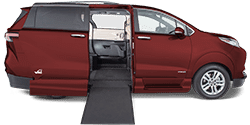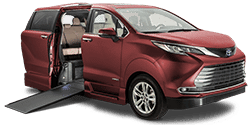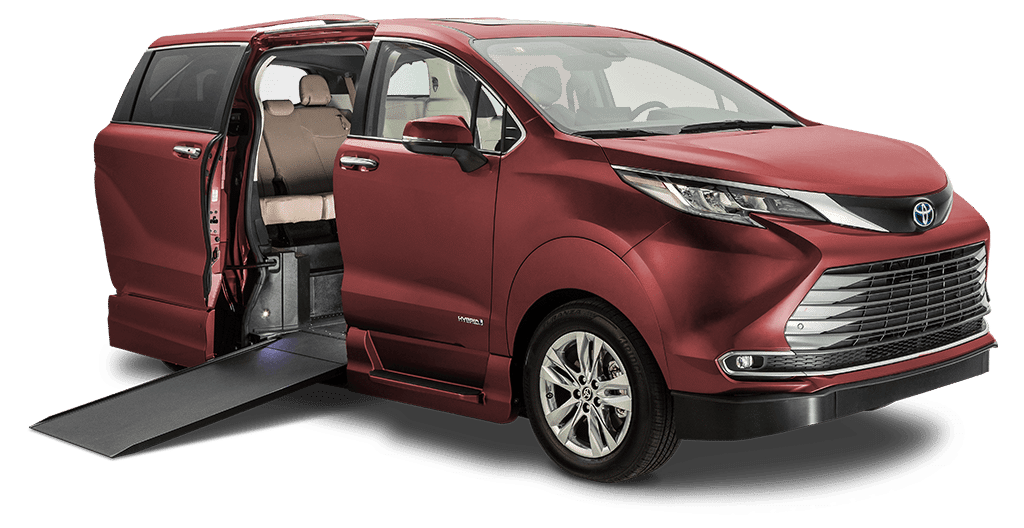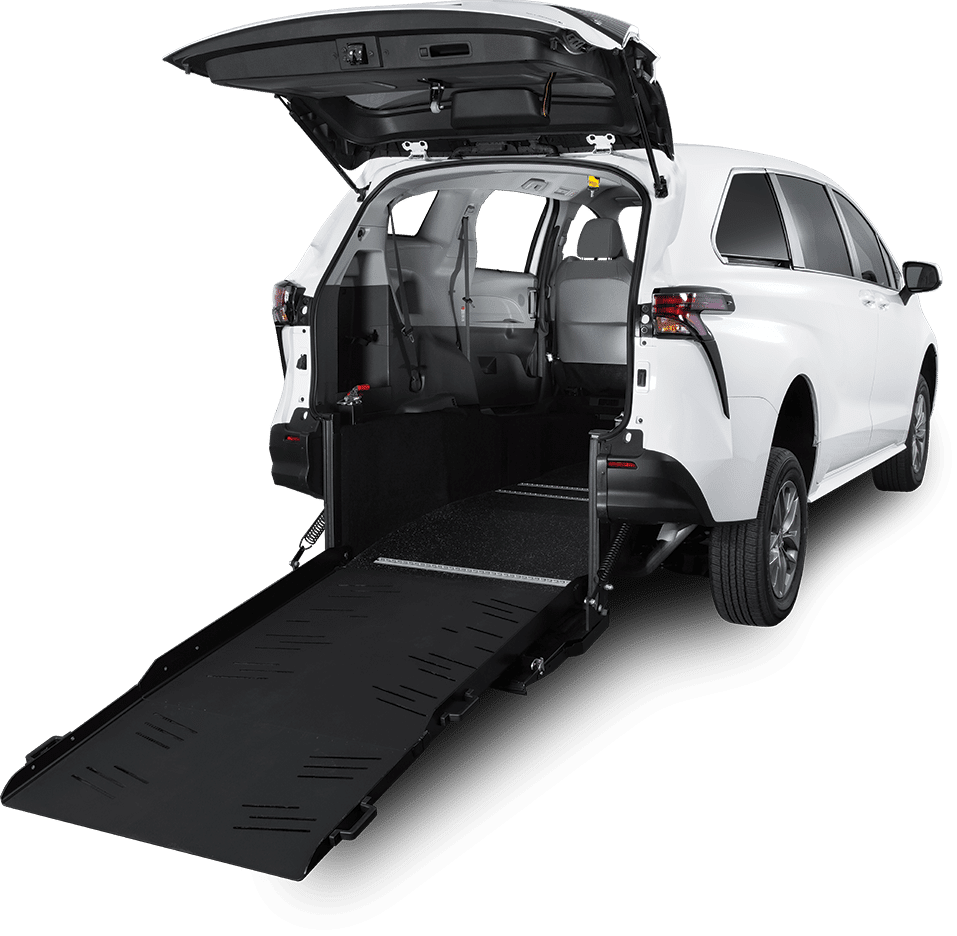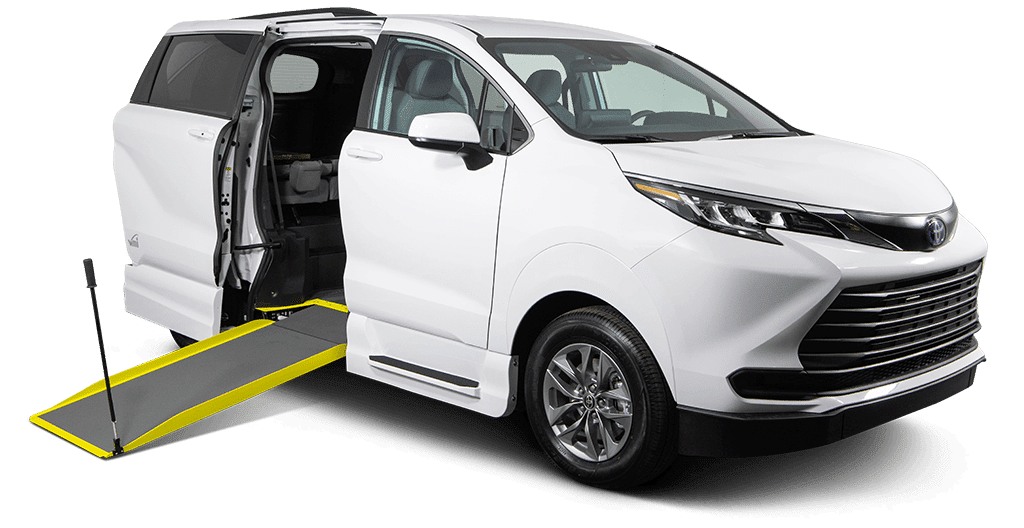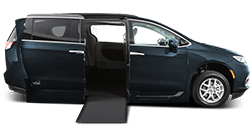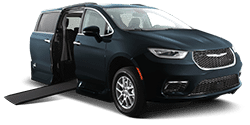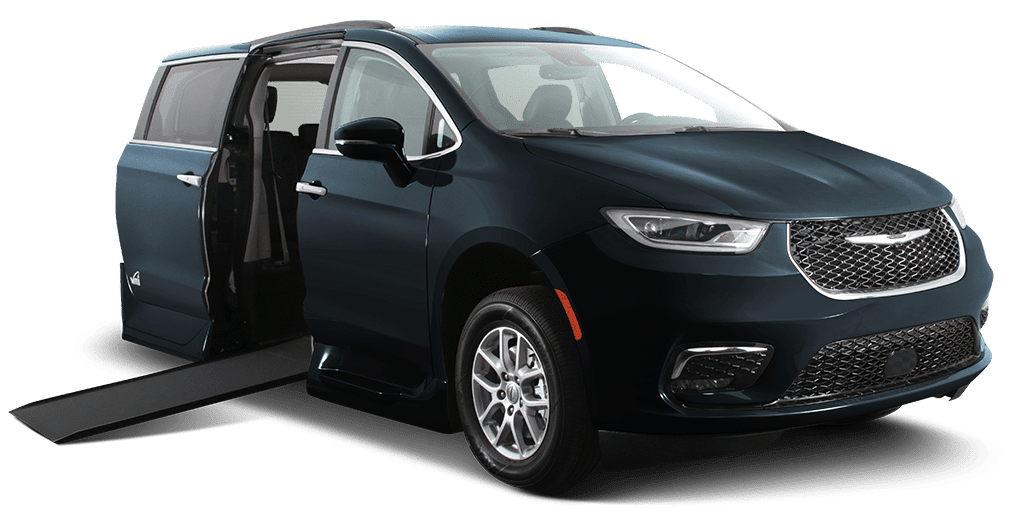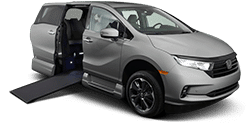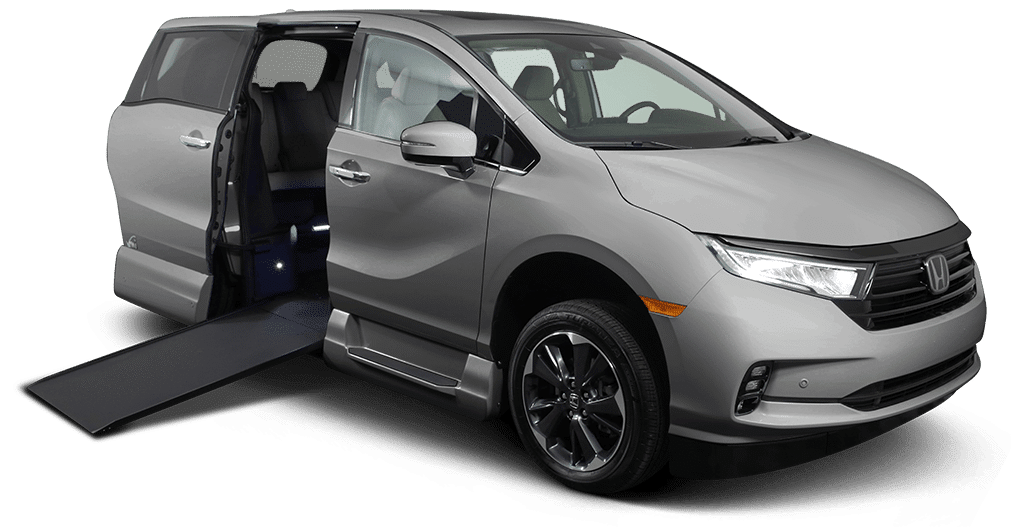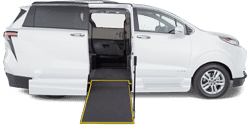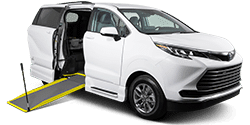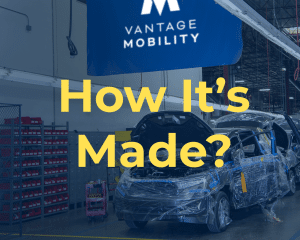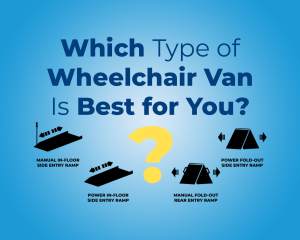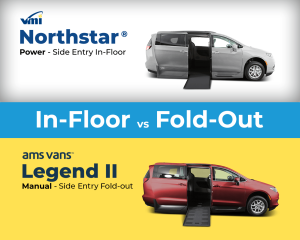Converting a vehicle to be more wheelchair accessible is about one major factor: convenience. Between the two main types of conversions, the focus is on optimizing how a person with disabilities will enter and exit a vehicle.
Side-entry wheelchair conversions make it easier to enter from one of the vehicle’s side doors. Doors slide just as before, but a ramp or lift is installed for added convenience.
Rear-entry wheelchair conversions make the back row area of the vehicle accessible to people with disabilities. A ramp is much more common for this type of conversion, but lift technologies can be used too.
Important Questions To Ask
While the different points of entry seem simple enough, some of the greatest benefits of each conversion type may not immediately come to mind. When you’re deciding between side-entry and rear-entry wheelchair conversions, there’s a few questions you need to ask.
- Will the wheelchair user want the option of being able to drive?
- Will the wheelchair physically fit in this vehicle and be able to maneuver comfortably?
- What positions will the wheelchair user want to sit in within the vehicle?
- How do I know if the vehicle conversion has passed crash testing performance?
- How important is a warranty from a reputable company for me?
- Can your current vehicle be converted?
- Will you be parking in handicapped parking space most of the time?
- How long do you plan on keeping the vehicle?
- How many passengers will you need to seat in the vehicle on a regular basis?
- What are the most important factors for me in my wheelchair-accessible vehicle?
This is a big decision, and you need to think about it from all angles before you make a choice. Each entry option has its pros and cons, and we’ll walk you through them both.
The Advantages of Side-Entry Wheelchair Conversions
VMI designs and produces side-entry conversions for different benefits:
- The seating remains similar to standard vehicles. The rear bench remains in tact.
- Access is more natural for how vehicles are built. You’re able to exit and enter the vehicle from the side of accessible parking spaces.
- Floor plans are more flexible with side-entry vehicles. For instance, it’s possible to fit up to three wheelchair users into a vehicle with the right floor plan. Or, you could fit five passengers with one wheelchair user.
- The driver’s seat is accessible. Since the entire floor is lowered, people in wheelchairs can drive the vehicle themselves right from their wheelchair.
- The wheelchair ramps are engineered to be simple to operate. Power conversions have a kneeling system that lowers the ramp angle and makes it easier to enter the vehicle.
- You have the option to install a power ramp or lift. The side-entry conversions we build can be fully powered with a one touch remote system.
- Side-entry conversions enable independence for people with disabilities. Most side-entry minivans are converted so the wheelchair user can be completely independent. That means they can drive and control the vehicle without a caregiver present.
One of the major downsides for side-entry conversions is that it can be more difficult to park. You need 5 – 7’ to exit or enter the vehicle, meaning drivers can only park in accessible parking spots. And depending on the city, accessible parking spots may not be as abundant or available.
What Makes Rear-Entry Conversions Different
Rear-entry conversions do have their benefits—mainly, drivers are not limited to accessible parking spots.
You may notice that they’re sometimes less expensive than side-entry conversions since they are less complicated to install. Basically, the rear bench is removed and a ramp is installed.
But the rear-entry wheelchair van’s cost efficiency comes with a few drawbacks.
- People in wheelchairs cannot easily enter the driver position, as the only space to maneuver is behind a row of seats. A caregiver would have to always be present.
- Exiting the vehicle can be awkward. It varies person to person — sometimes, the wheelchair user may have to back out of the vehicle every time they exit. Even a powerchair user may require some support in order to do so safely.
- Seating is limited. There are typically only be four other seats in the vehicle.
Making Your Choice
This is not a decision you make without assessing your own situation. Evaluate your needs, find a qualified dealer to work with, then be trained on how to maintain your vehicle. You’ll travel with relative ease, and maximize the vehicle’s life on the road.

